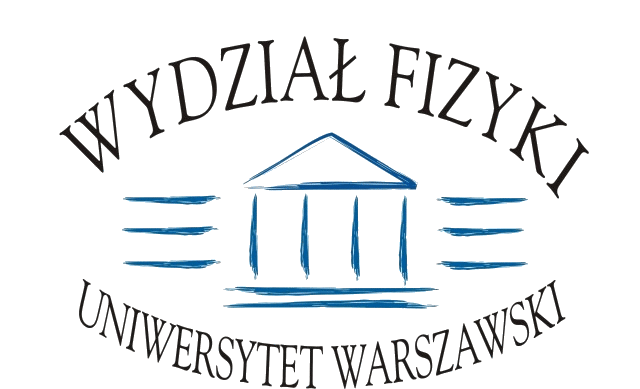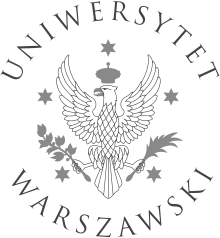Seminarium Teorii Oddziaływań Elementarnych
2006/2007 | 2007/2008 | 2008/2009 | 2009/2010 | 2010/2011 | 2011/2012 | 2012/2013 | 2013/2014 | 2014/2015 | 2015/2016 | 2016/2017
2011-03-07 (Poniedziałek)
Wiesław Płaczek (IF UJ)
W boson production at the LHC
In this talk I will discuss the charged-current Drell-Yan (DY) process, i.e. single W-boson production with leptonic decay in hadron collisions, and its role in the Standard Model precision tests as well as searches for the Higgs boson and for "new physics". I will show important differences between the Tevatron and the LHC with respect to DY processes and discuss their consequences for the W mass measurement. Finally, I will briefly present the Monte Carlo event generator WINHAC, dedicated to precision predictions for the above processes at the LHC.
2011-02-21 (Poniedziałek)
Magdalena Slawinska (IFJ, Krakow)
Colour coherence in the NLO QCD ladder
2011-02-14 (Poniedziałek)
Lech Szymanowski (IPJ Warszawa)
Uncovering partonic structure of hadrons in hard exclusive production of rho mesons
2011-01-17 (Poniedziałek)
Jan Pluta (Politechnika Warszawska)
Pierwsze wyniki z ALICE
2011-01-10 (Poniedziałek)
Marcin Badziak (IFT UW)
Yukawa Unification in SUSY SO(10) GUT
2011-01-03 (Poniedziałek)
Piotr Kielanowski (Cinvestav Mexico)
CKM matrix for our generations
2010-12-13 (Poniedziałek)
Marek Gaździcki (Frankfurt U. and Jan Kochanowski U.)
History, status and future of multiparticle production in high energy collisions
2010-12-06 (Poniedziałek)
Krzysztof Kurek (IPJ)
Understanding the proton's spin structure
After more than 20 years of measurements of the spin-dependent structure functions of the nucleon the third generation of precise polarized experiments is now running and new data are analyzed. Although our knowledge about the spin decomposition in the frame of quark parton model and QCD is now more complete and the polarized parton distribution functions are better constrained by data, the driving question for QCD spin physics still has no answer: where does the nucleon spin come from? I will try to present a modern understanding of the problem and a possible explanation in the light of new experimental data and new results obtained in lattice QCD.
2010-11-29 (Poniedziałek)
Anna Kamińska (IFT UW)
Perturbative unitarity of WW scattering in non-standard electroweak symmetry breaking models
2010-11-22 (Poniedziałek)
Krzysztof Turzyński (IFT UW)
Supersymmetric mass spectra for gravitino dark matter with a high reheating temperature
Supersymmetric theories with gravitino dark matter generally do not allow the high reheating temperature required by thermal leptogenesis without running afoul of relic abundance or big bang nucleosynthesis constraints. We discuss new examples of particular supersymmetric mass spectra that do satisfy these requirements. The main implication is the near degeneracy of the gluino with the other neutralinos in the spectrum.
Stron 2 z 3






